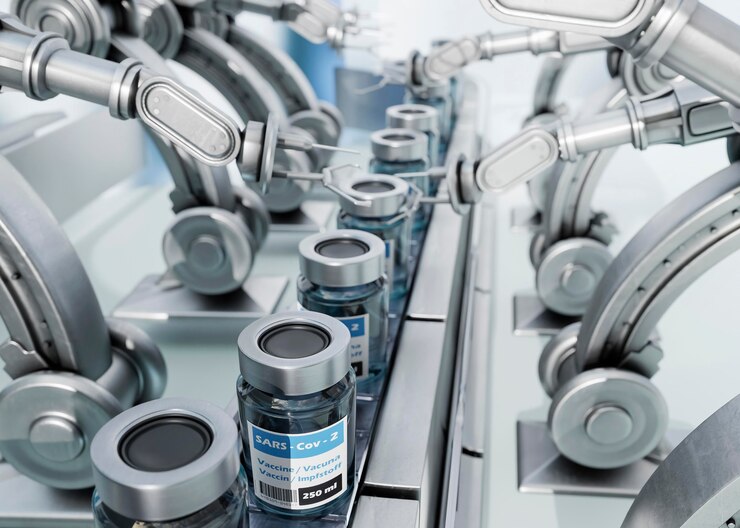Both zinc die casting and injection molding are powerful tools in a manufacturer’s arsenal, capable of producing complex and high-volume parts. But when making the crucial decision between these two processes, understanding their key differences is paramount. Let’s delve into a head-to-head comparison, exploring the materials, processes, applications, and industry insights to guide your choice.
Material Showdown:
Zinc Die Casting: Employs molten zinc alloy, offering excellent strength, rigidity, and durability. Zinc die casting also boasts good electrical conductivity and a natural resistance to corrosion. However, the material selection is limited to zinc alloys compared to the wider variety of plastics available in injection molding.
Injection Molding: Utilizes a vast array of plastic materials, each with unique properties. Common plastics include ABS (strength and rigidity), PP (versatility and chemical resistance), and Nylon (high strength and heat resistance). This diversity allows for tailoring the part’s properties to the specific application.
Process in Focus:
Zinc Die Casting: A high-pressure process where molten zinc is injected into a reusable steel mold cavity. Due to the high pressure involved, there are limitations on the maximum size of parts that can be produced.
Injection Molding: Molten plastic is injected under high pressure into a mold cavity. The process involves several stages: melting, injection, holding, cooling, and ejection. Injection molding materials offer greater flexibility in part size compared to die casting.
Applications Spotlight:
Zinc Die Casting: Thrives in applications requiring strong, durable, and dimensionally stable parts at a moderate weight. Examples include:
Automotive parts (door handles, brackets, knobs)
Appliance components (control panels, knobs, hinges)
Electronics housings (laptops, keyboards)
Hardware (locks, doorknobs, fasteners)
Injection Molding: Excels in applications where design flexibility, weight reduction, or a specific plastic property is crucial. Examples include:
Consumer electronics (phone cases, remote controls, appliance components)
Toys and sporting goods (toy cars, action figures, sporting equipment)
Medical devices (disposable parts, housings)
Packaging (containers, closures)
Industry Insights:
Strength and Rigidity: For applications demanding high structural integrity, zinc die casting reigns supreme due to its superior strength compared to most plastics used in injection molding.
Durability and Corrosion Resistance: Zinc’s natural resistance to corrosion makes it a valuable choice for harsh environments, outperforming many plastics in this regard.
Weight Considerations: While denser than plastic, zinc offers a weight advantage over other die casting metals like aluminum, making it a good compromise for applications where weight reduction is desired without sacrificing strength.
Design Complexity: Both processes can handle intricate shapes. However, injection molding might offer slightly more flexibility for very complex geometries with thin walls.
Production Volume: For high-volume production runs, zinc die casting’s faster cycle times can translate to lower overall costs, potentially offsetting the higher upfront mold cost compared to injection molding.
Cost Considerations: While zinc die casting molds are expensive initially, injection molding molds can be a more cost-effective option for lower volume production runs due to the wider range of materials and potentially simpler mold designs.
Choosing the Right Champion:
The optimal choice hinges on your specific project requirements:
Strength and Rigidity: Zinc die casting for high structural needs.
Durability and Corrosion Resistance: Zinc die casting for harsh environments.
Weight Reduction: Consider zinc die casting if some weight is acceptable for the strength benefit. Injection molding for extreme weight reduction.
Design Complexity: Injection molding might be slightly better for intricate details with thin walls.
Production Volume: Zinc die casting for high-volume production.
Cost: Injection molding molds might be more cost-effective for lower volume runs.
Beyond the Basics:
Post-Processing: Zinc die casting typically requires minimal post-processing, while injection molding parts may require additional finishing steps.
Electrical Conductivity: Zinc’s good electrical conductivity makes it suitable for electrical applications. Injection molding offers insulating plastics.
Conclusion:
Both zinc die casting and injection molding are powerful tools, each with its strengths and weaknesses. By understanding the material properties, process differences, and their ideal applications, you can make an informed decision to select the champion that best suits your specific manufacturing needs. Consulting with experienced professionals can provide valuable insights to ensure you choose the right process for your project.
Read Also:

